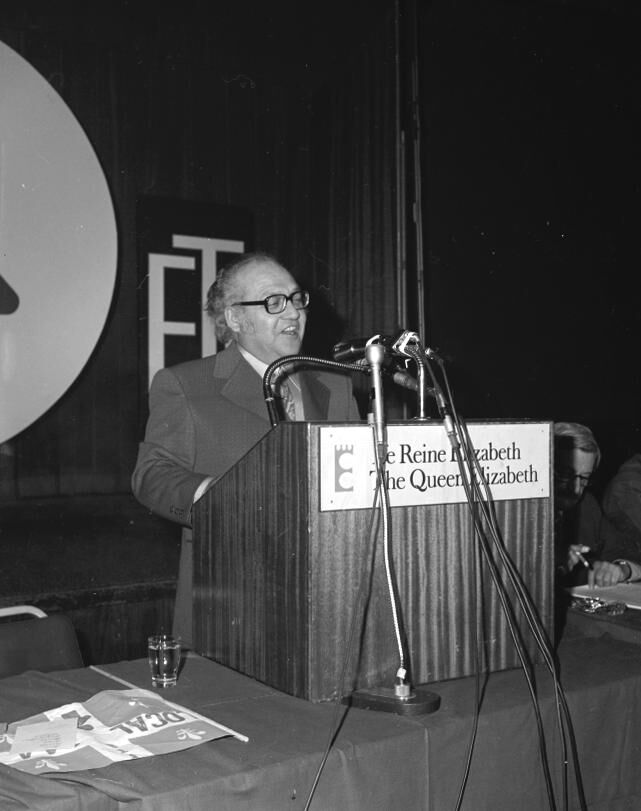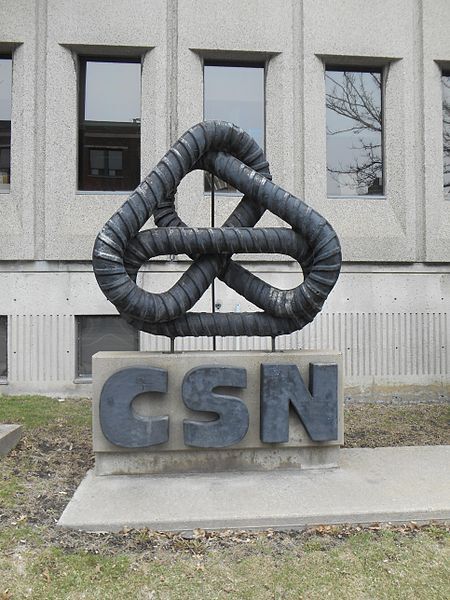The difficult economic climate of the early 1970s was the main cause of conflicts between workers and their bosses. Employees and their unions wanted to see major changes in all aspects of society to put an end to the inequalities caused by capitalism.
Several unions wanted the government to implement more socialist measures. To make their demands heard, the unions joined forces with certain social justice groups, such as feminist groups, forming the Front commun in 1972. In addition to these groups, the Front commun was made up of three labour confederations that represented the majority of workers in Quebec: the CEQ (Corporation de l’enseignement du Québec), the FTQ (Fédération des travailleurs du Québec) and the CSN (Confédération des syndicats nationaux).
Together they advocated for the implementation of more measures, such as equal pay. Unions also supported political parties that promoted social democratic policies like the Parti Québécois. Because they represented a large portion of the population, unions had significant leverage with the government.

In 1972, when the government refused to accept their demands, more than 200 000 public and parapublic sector workers went on strike with no plans to return to work.
The public sector includes the various branches of the government, such as finance, environment, transport, immigration, etc.
The parapublic sector includes organizations or companies run by the government but that have a certain degree of autonomy, such as Hydro-Québec and universities.
The labour dispute began with a strike on April 11, 1972. Union members refused to work to put pressure on their bosses. Some 200 000 employees went on strike, paralyzing the services in these sectors. This strike impacted hospitals as well as Crown Corporations, such as Hydro-Québec.

On April 20, 1972, 9 days into the strike, the government imposed a special law preventing employees from striking. The union members grew more frustrated. Some union leaders encouraged their members to ignore the government’s back-to-work orders and continue striking.
In late May, negotiations between the unions and the government resumed. Some of the unions’ demands were met, including job security and wage indexation, meaning wages would increase annually alongside the cost of living. Going forward, the government implemented measures to prevent public sector employees from paralyzing public services, even during strikes.